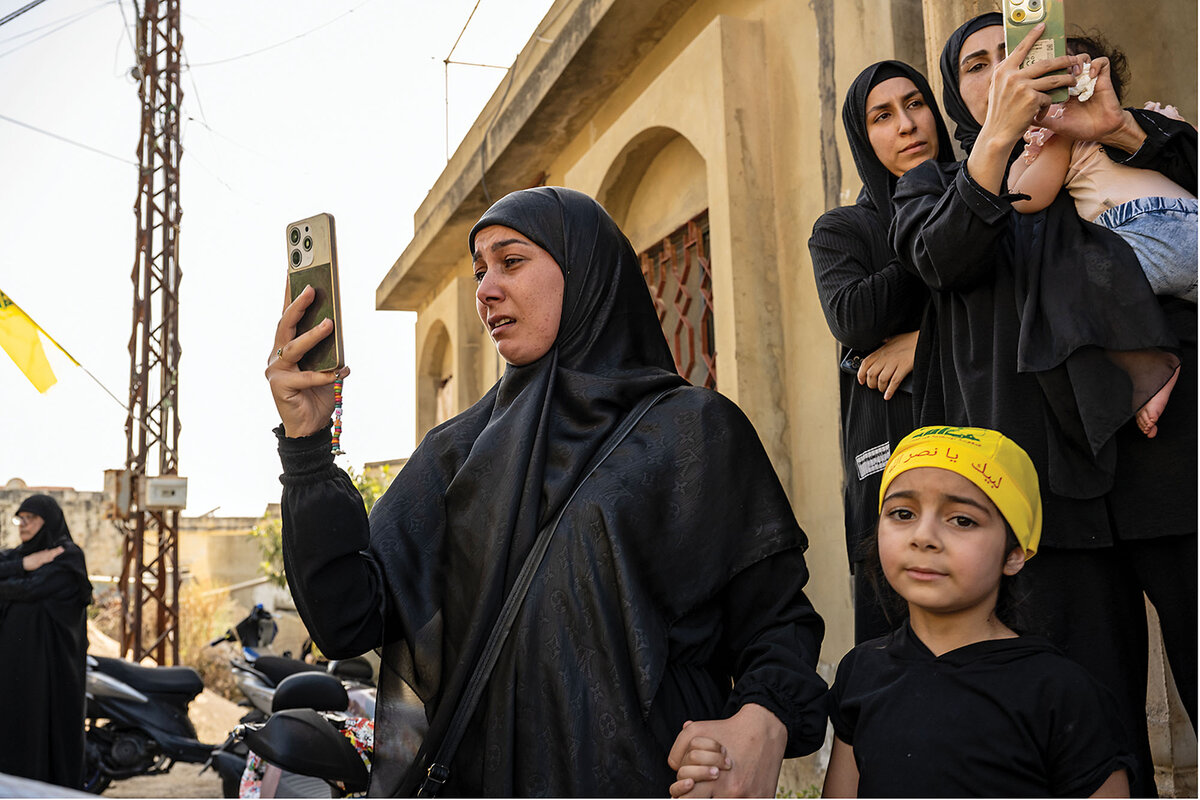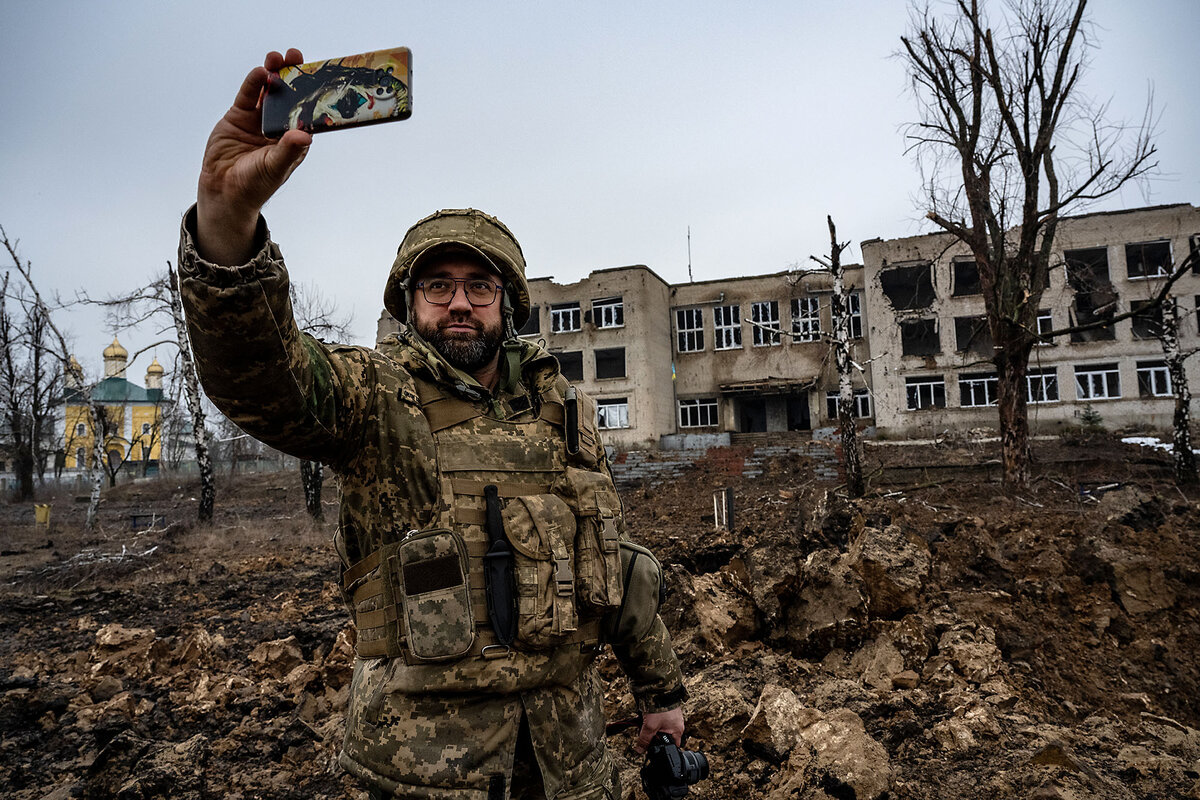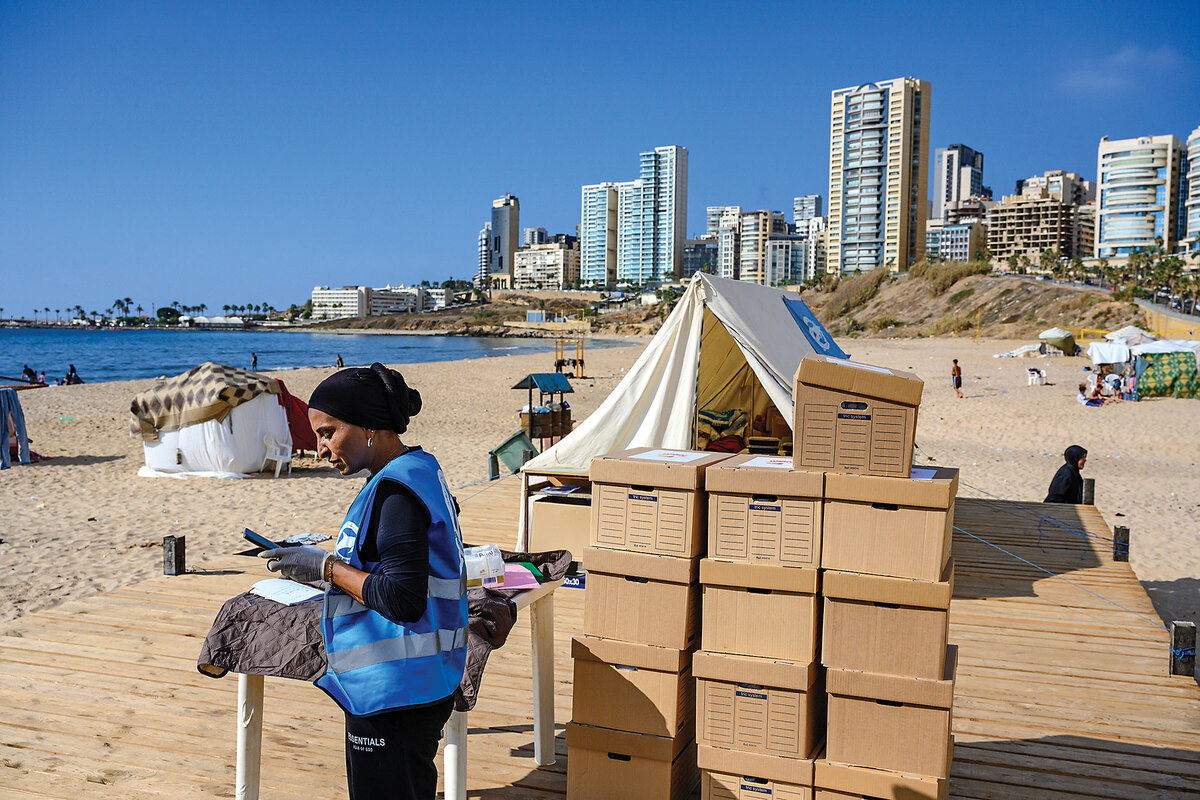Through the ubiquitous eyes of cellphones
Flipping through a photography magazine decades ago – when I first started visiting war zones – I came across a job description that has stayed with me ever since. The work of the photographer, it said, was to journey with a torch to the back of the cave, and return to tell the rest of the tribe what you had seen.
I thought that was especially apt for a war photographer, which required being (safely-ish) in the right place at the right time, with professional cameras and the ability to publish images around the world, to raise awareness and spread the word.
But today, that once-exclusive perch has been transformed and even democratized by the ever-present mobile phone, which lives in every pocket and can produce quality images as never before. I still trundle through war zones with my pro gear, and do my best to be in the right place at the right time, to document resilience and the extremities of the human condition, from Ukraine to Lebanon. But I am rarely first anymore. Personal mobile phones are always already there, posting on social media the experience of war and peace.
They are tools of information, providing Ukrainian soldiers with news in remote underground bunkers, connected by Starlink satellite. They are tools of connection, giving data to relief workers distributing aid to people displaced by war on a beach in Beirut. They are tools of memory and mourning, recording the emotion of a Hezbollah funeral in Lebanon, or the loss of a 6-year-old girl in an Israeli airstrike.
Decades ago, I used to wait for weekly magazines to arrive on the newsstand, to see what images were coming from the back of the cave. But today, I can visit Instagram or Facebook, to see what the world is seeing through the ubiquitous eyes of its mobile phones – in real time and everywhere.
The other photos that I loved in 2024 are below.















